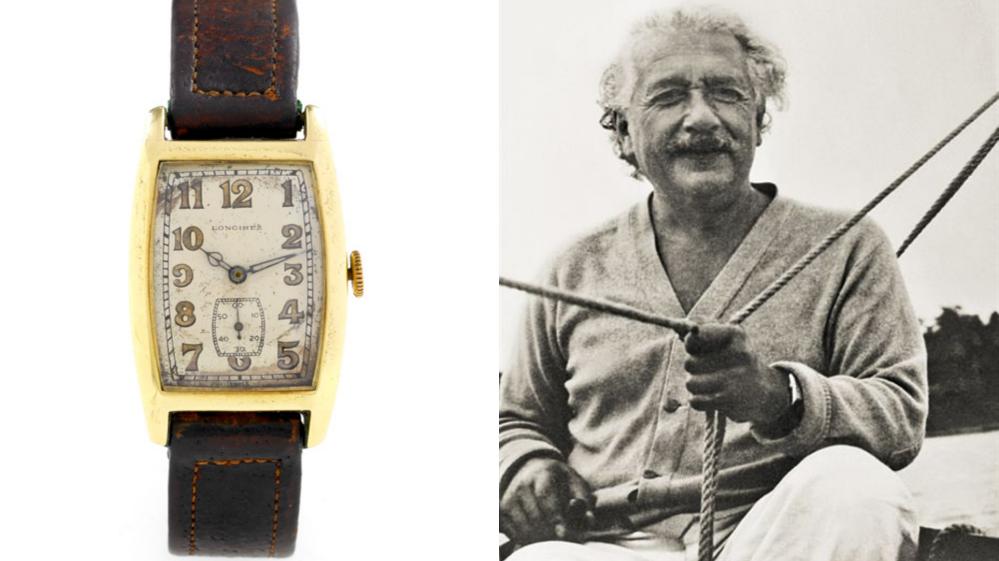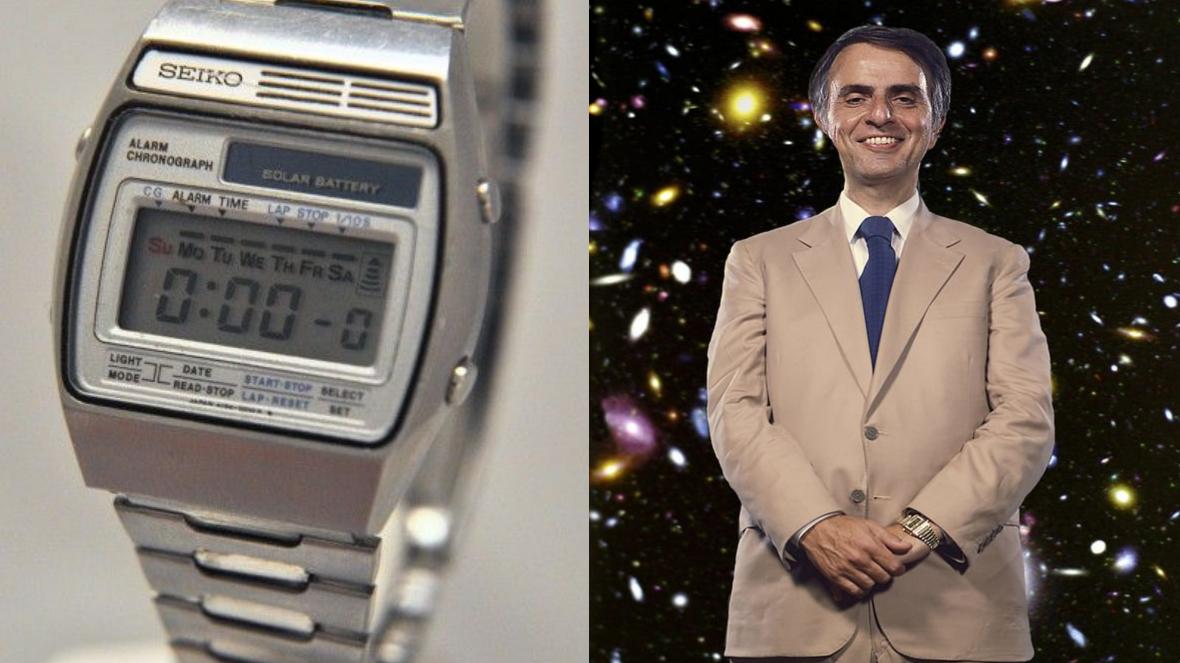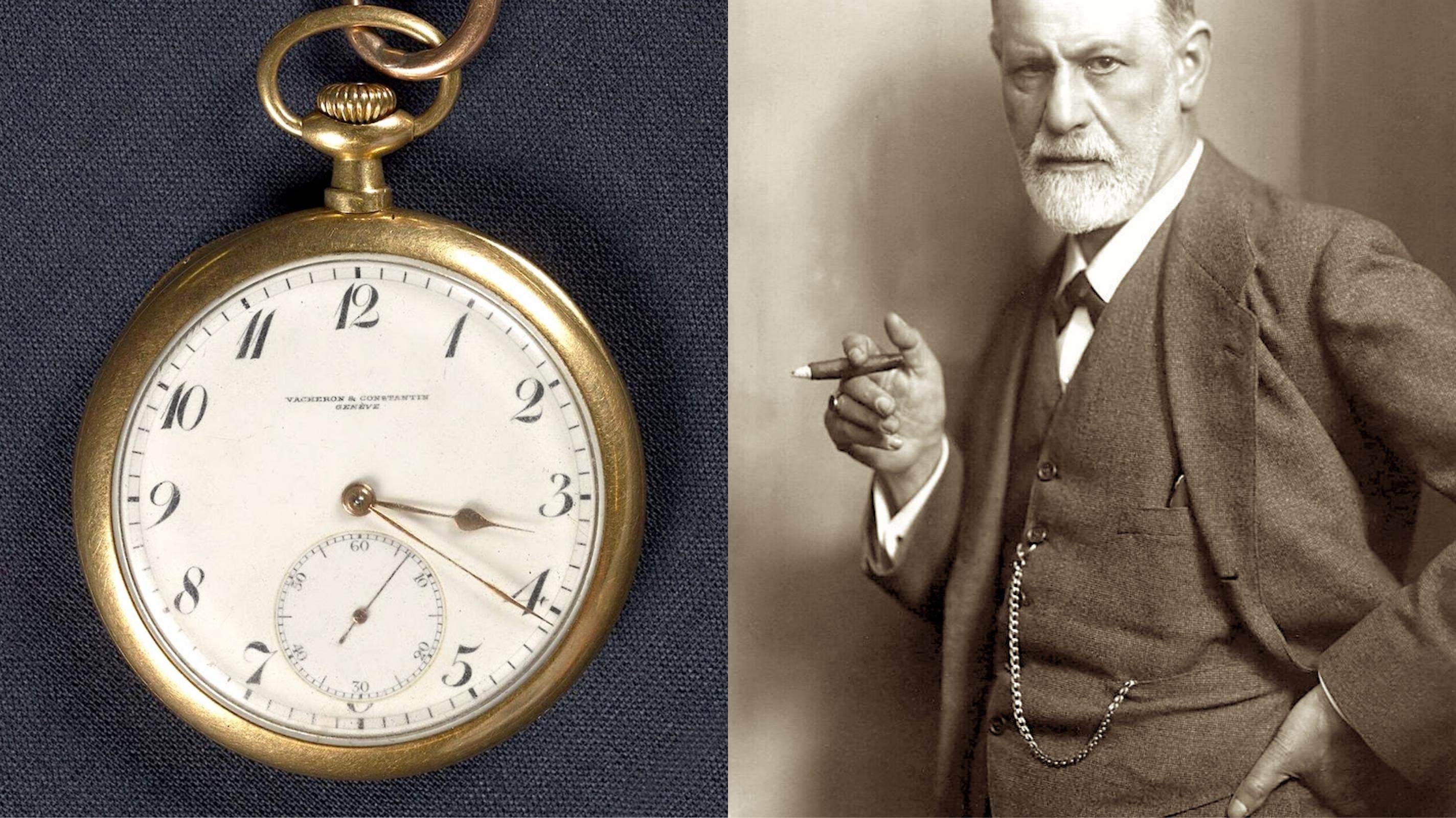
The year 2025 marks the International Year of Quantum Science and Technology, an initiative aimed at celebrating scientific advancements and their impact on our understanding of time and the universe. This celebration highlights how time mastery has always been at the heart of scientific discoveries. From Einstein’s theory of relativity to Freud’s exploration of the unconscious mind, and Carl Sagan’s cosmic outreach, these brilliant minds all had a unique relationship with time—often materialized through their watches.
While watches are merely instruments of measurement, they also reflect an era’s vision and an individual’s perspective. By exploring the timepieces worn by Einstein, Freud, and Sagan, we uncover how science and watchmaking have always shared a common pursuit: the precision and comprehension of time.
When Science Meets Watchmaking: The Timepieces of Great Minds
The International Year of Quantum Science and Technology underscores the significance of time in our lives, at the crossroads of scientific discoveries and precision watchmaking. Time measurement has always been a pillar of physics and astronomy, and some of history’s greatest minds have worn watches that became legendary. Through Einstein, Freud, and Sagan, let’s explore this fascinating intersection between science and horology.
Albert Einstein and His Longines: The Genius of Time

Albert Einstein, the father of relativity, redefined our understanding of time by demonstrating that it could dilate depending on speed and gravity. Yet, in his daily life, he wore a gold Longines—a tonneau-shaped watch with a simple yet functional elegance.
This timepiece, gifted to Einstein in 1931, embodies the paradox of a scientist who proved that time is relative yet valued an instrument designed to measure it with precision. Later sold at auction for a significant sum, this Longines remains a testament to the connection between the science of time and the watchmaking of its era.
Sigmund Freud and His Vacheron Constantin: Precision and Elegance
While Freud delved into the depths of the human unconscious, he was also a man of his time, mindful of his appearance and status. He owned a Vacheron Constantin pocket watch, a symbol of horological excellence and prestige.
In late 19th and early 20th-century Vienna, pocket watches were more than mere accessories—they represented success and discipline. Freud, with his pursuit of accuracy in analyzing human behavior, was naturally drawn to one of the greatest watchmaking houses, where precision and craftsmanship go hand in hand.
Carl Sagan and His Seiko: The Future on His Wrist

Carl Sagan, a brilliant science communicator, inspired millions to dream about the stars and explore the mysteries of the cosmos. His choice of timepiece reflected his passion for innovation: a solar-powered Seiko digital watch, ahead of its time.
While mechanical watchmaking represents heritage and traditional craftsmanship, digital watches like Sagan’s embody scientific and technological progress. His model, designed for efficiency and modernity, perfectly aligned with his vision of a future shaped by science and space exploration.
Science and Watchmaking: A Timeless Connection
Einstein, Freud, and Sagan—three intellectual figures—wore watches that reflected their worldview and the spirit of their time. From Einstein’s Longines, a paradoxical relationship with time, to Freud’s Vacheron Constantin, a symbol of precision, and Sagan’s futuristic Seiko, each watch tells a unique story.
As we celebrate the International Year of Quantum Science and Technology, it is fascinating to see how horology and science continue to share a common goal: understanding, measuring, and pushing the boundaries of time.






